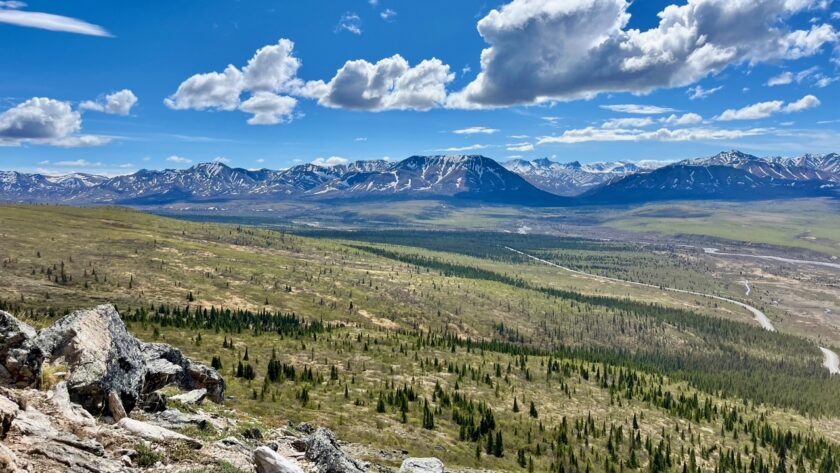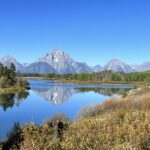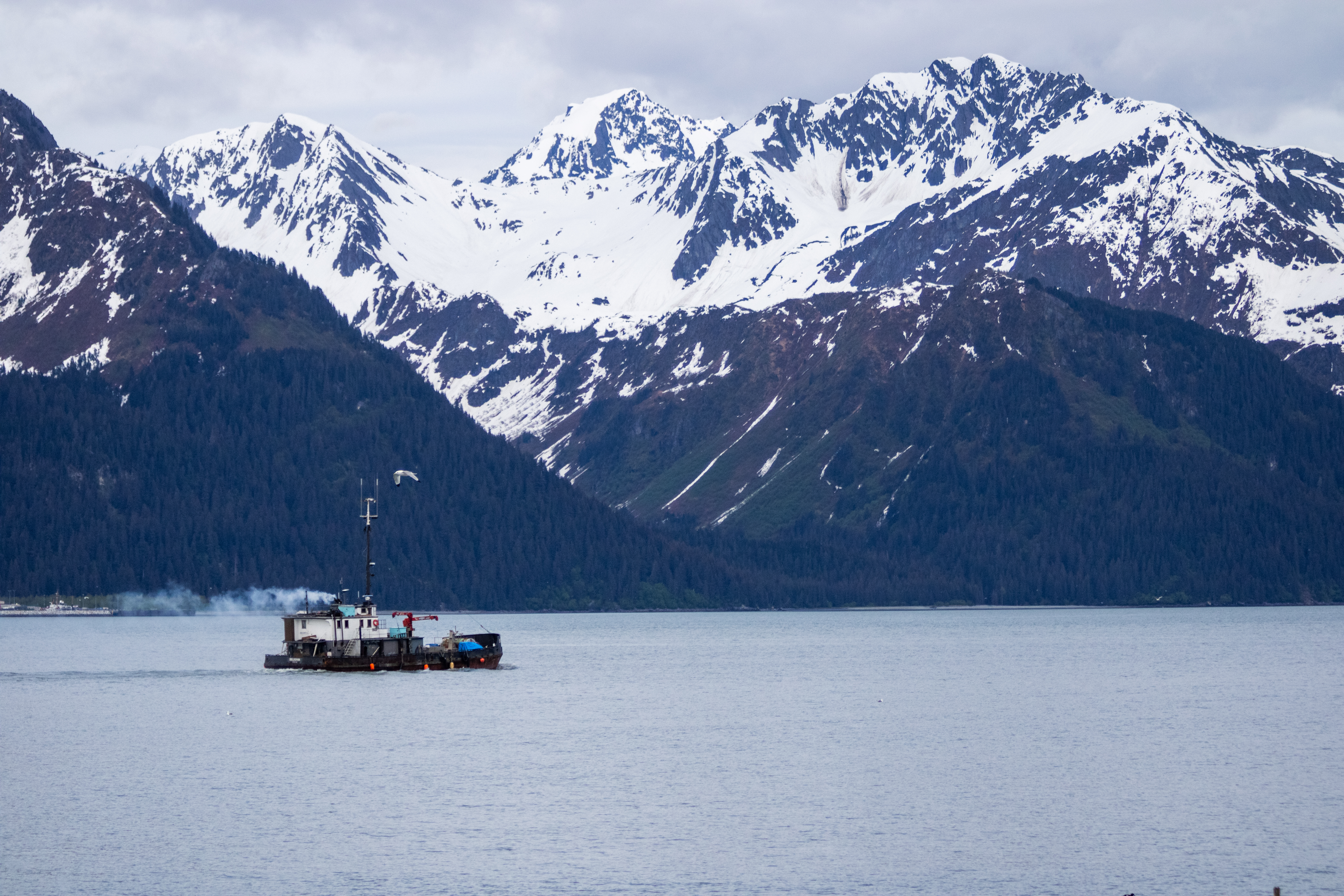An Overview of Hiking in Denali National Park
Hiking in Denali National Park is a can’t miss experience when traveling to Alaska’s first National Park. The park is about the size of Massachusetts. Despite being this massive, it has very few maintained hiking trails. Most of the park land is open for off-trail, or backcountry hiking.
Of the available trails, there are trails for beginner hikers and advanced alike. In this post, I provide an overview of each trail that Denali has, a detailed description of the hike we did, and details about off-trail hiking. I also want to note that I am only discussing the trails listed in the official Denali National Park Visitor Guide, and there may be more listed on All Trails. Let’s dive in!
Frontcountry Trails
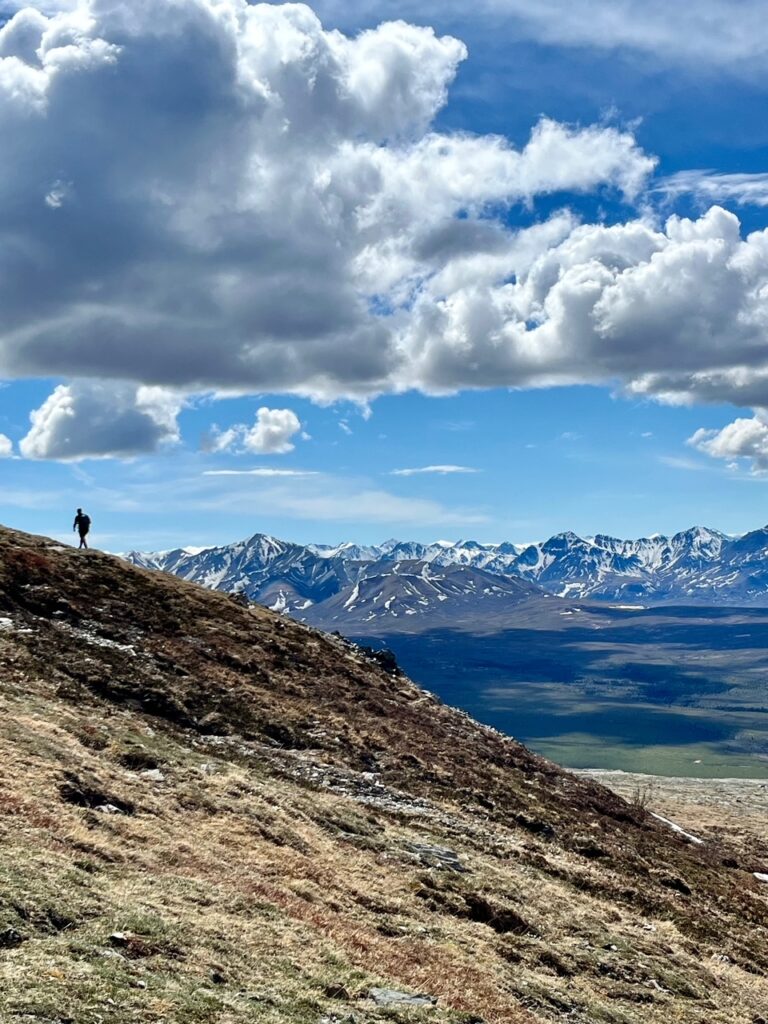
Hiking in Denali National Park can be broken up into two categories: maintained trails and off-trail hiking. All of Denali’s maintained hiking trails are within the first 15 miles of the park road. Keep in mind, the entirety of the park road is 93 miles. Currently, the road is only open up to mile 43 due to the Pretty Rocks Landslide.
There are 5 trails that I would consider hiking in what they call the Frontcountry. In the Denali Park brochure, they list a few that are more of a walking path than a hike, and I don’t cover those here. These Frontcountry trails are all right at the mouth of the park, within the first three miles from the entrance.
Horseshoe Lake Trail
Horseshoe Lake Trail is rated as moderate. There is not much elevation gain on this trail, only about 250 feet, but it is a longer one. To complete the full loop, it is a 4-mile round trip hike. You can utilize one of the park’s free shuttles that will take you to the trailhead, or there is also a parking area. The trail creates a figure eight around Horseshoe Lake and takes you by the Nenana River as well.
McKinley Station Trail
Another trail rated as moderate, the McKinley Station Trail is a shorter hike at only 1.6 miles one way and approximately 100 feet of elevation gain. What is neat about this trail, is it connects to the Riley Creek Campground at multiple spots. The trail meanders along Riley Creek, through the woods, and ends at the Denali Visitor Center Campus.

Rock Creek Trail
The Rock Creek Trail is a 2.4-mile one-way trail that takes you through the woods hiking through Denali National Park. It starts near the visitor center and ends just before the sled dog kennels. It is rated as moderate with 400 feet of elevation gain.
Mt. Healy Overlook Trail
Mt. Healy Overlook Trail is one of two strenuous hikes in the frontcountry of Denali National Park. Be prepared for an uphill hike, with 1,700 feet of elevation gain from start to finish. It is 2.7 miles one way and leads you to an overlook of Mt. Healy. The trailhead splits off from the Horseshoe Lake trail and takes you up some switchbacks through the mountains.
Triple Lakes Trail
The final hiking trail in the frontcountry is the Triple Lakes Trail. This strenuous hike is a long one at 9.5 miles one way, so be sure to be prepared with lots of water, snacks, weather gear, and bear protection. You’ll gain 1,000 feet of elevation on this trail.
Savage River Area Trails
Further into the park is the Savage River area. Located here are four trails, a campground, and the furthest point you can take a personal vehicle into the park without a camping permit. There are two easy trails, one moderate, and one strenuous trail here.
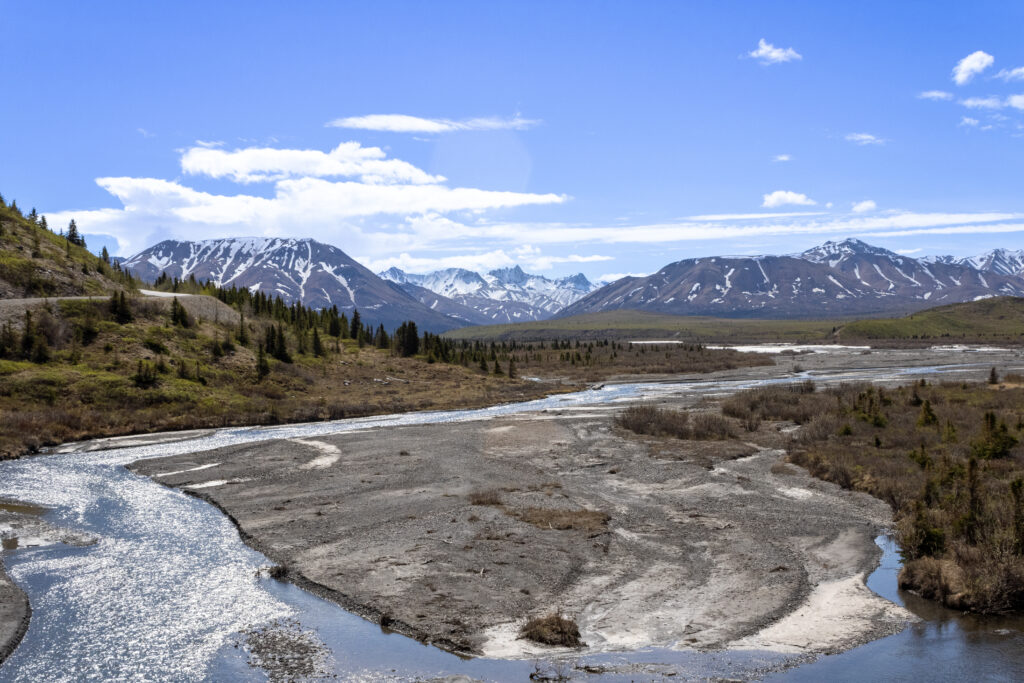
Mountain Vista Trail
An easy 0.6-mile round-trip trail that is handicap accessible. The Mountain Vista Trail is not steep with only 50 feet of elevation gain.
Savage Cabin Loop Trail
Another easy-rated trail, the Savage Cabin Loop Trail is under a mile. The trail takes you to the historic Savage Cabin. You gain 50 feet of elevation on this easy-going trail. This trail is also handicap accessible.
Savage River Loop Trail
The Savage River Loop Trail is rated moderate due to its length. There is negligible elevation gain on this trail, as you walk alongside the Savage River for its entirety. This trail is 2 miles round-trip, and you get to walk along the braided river.
Savage Alpine Trail
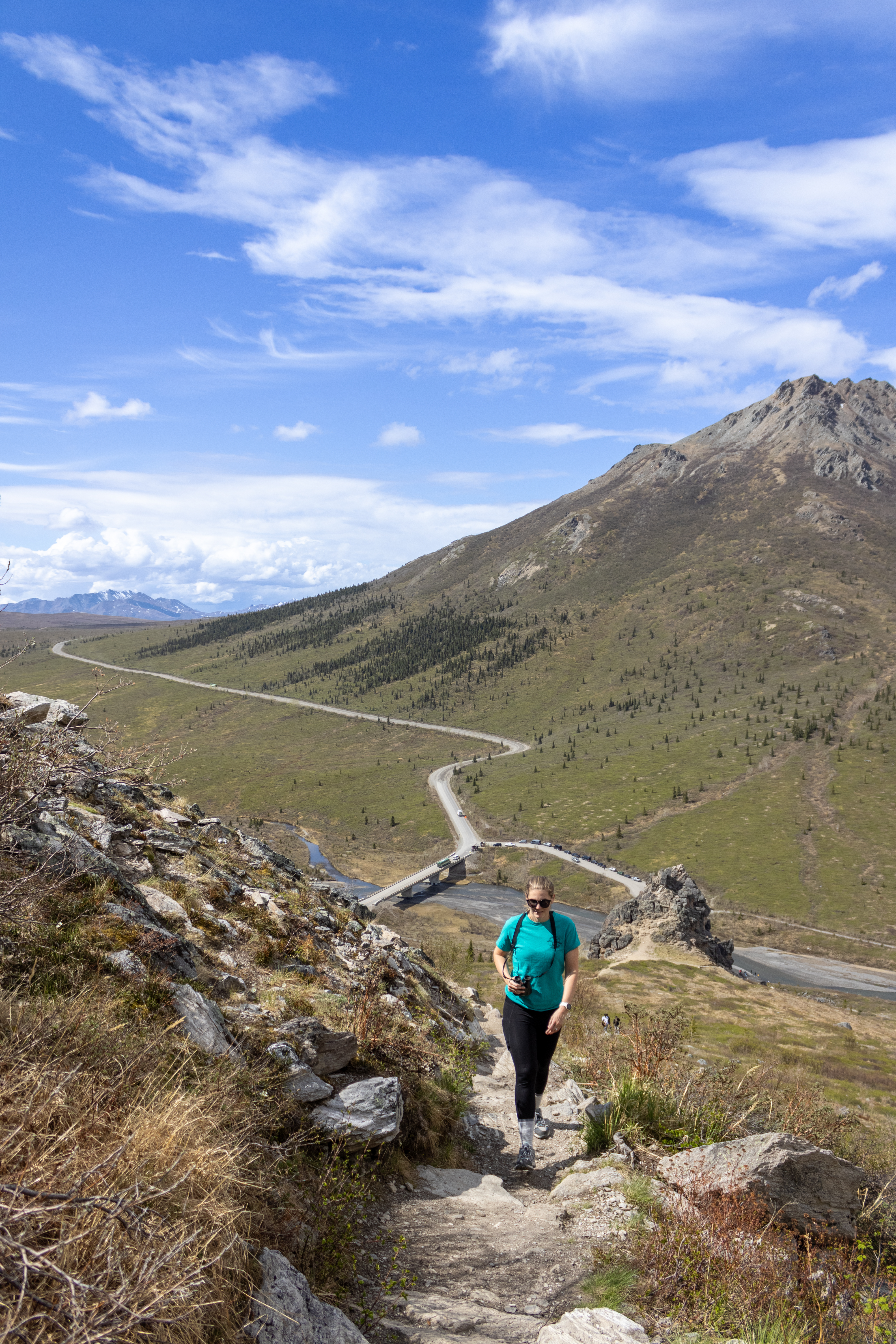
The final maintained trail hiking in Denali National Park is the Savage Alpine Trail. This is the hike we completed during our time at Denali, so I will elaborate a bit more on this one. It is rated as strenuous, and I can confirm it is indeed strenuous. In the park brochure, it lists it as 1,500 feet of elevation gain. It felt like 10,000 feet of elevation gain (just kidding, but it was steep!).
A one-way trail begins at the Savage River parking area and takes you up a steep incline. Spoiler alert: the incline is WORTH IT! After climbing up a rocky trail full of switchbacks, you get to this amazing vista. It overlooks a large section of the park. We felt like we were on top of the world! The weather was on our side that day, and we had partly cloudy skies and warm temperatures, which made for a gorgeous hike.
Tips and Tricks
Here’s a little insider tip that nobody told us. After you reach the vista? You aren’t done. Usually, when hiking, you get to the top, and you know you’ve made it through the hard part, right? You can breathe a sigh of relief, it’s all downhill from there. Sorry friends, not on this one. You keep going up, and up, and up some more. To get to an even higher vista. And then you finally start working your way down the mountain.

If you don’t want to do the full hike, you could hike up to the first vista (you’ll know it when you see it, trust me) and then just hike back down to the parking area. This would be a good option if you’re traveling with kids, have less endurance, or are short on time. But make sure if you do this you take some time to sit up there and soak in the view!
Off-trail Hiking in Denali National Park
Something very unique about hiking in Denali National Park is that most of it is off-trail hiking. What does this mean exactly? It means that you can hike anywhere you want, in any direction you want, so long as it is not a closed area of the park.
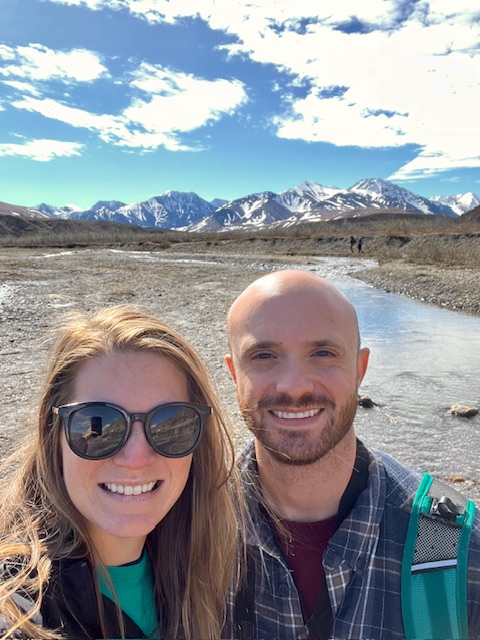
This was very new to me, as in most parks I’ve been to, there are strict rules about staying on marked trails and boardwalks (think of those stories you read about people stepping into hot springs in Yellowstone because they didn’t listen to the rules.) Many people will hike along the riverbeds. This is an easy thing to do, as they are braided rivers. This means that the riverbank never fills bank to bank. It has many channels that branch and merge, which creates a braided pattern.
Like many people, the idea of off-trail hiking was intimidating to me. I didn’t want to be in the middle of nowhere, with nobody around, no cell phone service, and get injured. Or, I don’t know, run into a bear?! So we did not do any off-trail hiking on this trip, but hopefully, on the next one, we might try it! I recommend reading the park’s information on it here for a better understanding.
Ranger-led Hikes
Hiking in Denali National Park doesn’t have to be done alone! Each day, from June-ish through September-ish, there are two ranger-led hikes that you can join. Looking for an easygoing walk? Join the guided nature walk. These walks begin behind the Denali Visitor Center and take approximately 2 hours. Check-in at the visitor center on the day of your visit for specific times.
Maybe you want to try that off-trail hiking, but like me, you’re intimidated by going off on your own? Then you’re in luck. Each day, a ranger-led discovery hike is offered. The route and hike are going to be different every day and will range in length and difficulty. If this sounds like something you would want to do, be sure to stop by the visitor center for more information and how to sign up.
Final Thoughts
I hope this post has inspired you to take your own hike through Denali National Park. There really is something for everyone! Whether you’re a novice hiker, an experienced backpacker, or anything in between, Denali has a trail for you. Grab a copy of the trail map, and hit the trails! Want to read more about Denali National Park? Read my full guide here!
Have you been off-trail hiking before? Tell me your experience below!

